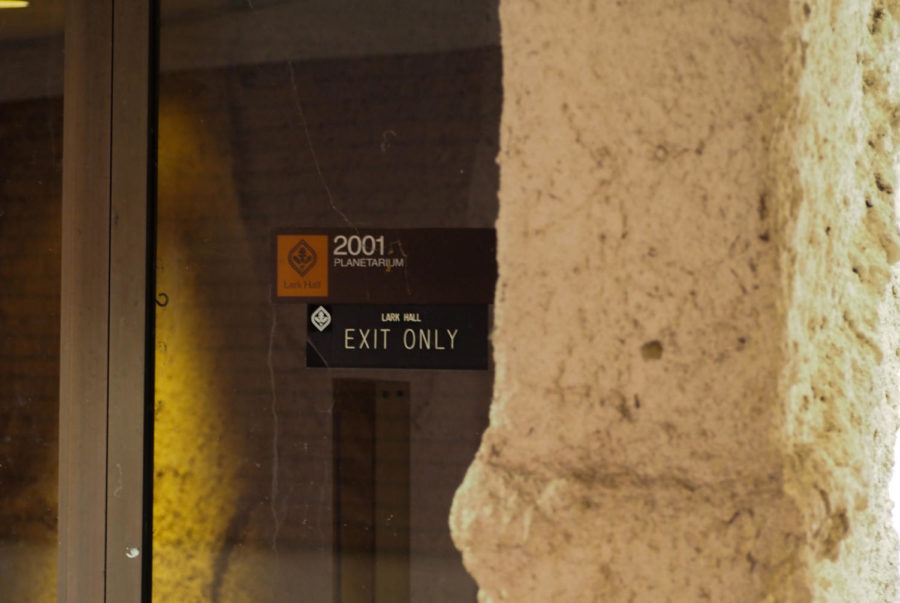Santa Rosa Junior College’s Lark Hall Planetarium will undergo a feasibility and infrastructure assessment this semester to study upgrade possibilities for the facility.
The planetarium shuttered in June and is slated to remain closed through spring 2019 while the assessment is completed, according to an SRJC official.
Local firm Quattrocchi Kwok Architects was awarded the contract at the Sept. 11 Board of Trustees meeting. The $110,000 contract will be funded through 2014’s Ballot Measure H, which secured funds to upgrade, maintain and improve SRJC facilities, classrooms and technology. QKA has provided design services for more than $1 billion in master planning, new construction, modernization and historical restoration projects across the state.
The planetarium’s 38-year-old facility has not been significantly renovated since its construction. According to Dr. Victor Tam, dean of SRJC’s science, technology, engineering, math and applied technology program, the facility utilizes a classic but now outdated form of technology to project the night sky. The planetarium’s existing opto-mechanical projector requires a light source to shine through metal plates to depict the constellations on the planetarium dome.
While this traditional projector “provides great resolution for the star field,” Dr. Tam said, it is not without challenges.
Former SRJC Planetarium employee Erin Imbach is clear the facility could benefit from investment. “Our planetarium is old. I mean, it really is. We still are running on slide projectors,” she said. “When I was trying to get technical help as an [administrative assistant] I would actually get laughed at. And it’s like, no, seriously, this is what we have to work with.”
QKA’s assessment will provide SRJC with recommendations for modernization, not only for the projection system, but also for the infrastructure that would support it. The current opto-mechanical unit requires significant electrical systems to operate, but a new digital projector, such as the type utilized at San Francisco’s California Academy of Sciences, could call for an entirely new support apparatus.
According to Tam, the hall is structurally sound, but will likely need significant renovation to support the potential digital system.
“Lark Hall is a pretty old building,” Tam said. “Based off of what the architectural assessment is, [QKA will] let us know what do we have, what’s possible, what would be the potential cost for doing that renovation if that’s the direction we want to move.”
Students should not experience any disruption during the assessment period. QKA’s evaluation should conclude at the end of the fall semester with recommendations regarding a digital or hybrid projection system and any electrical, structural and power source improvements necessary for full operation.
Dr. Tam estimates roughly 4000 school children and 1500 adult community members attend planetarium shows for field trips or weekend entertainment. “It was really difficult to temporarily close for the fall semester,” he said. “The community really loves the planetarium.”
Imbach agrees and sees the facility’s value reaching far beyond simple star shows. She feels strongly that the planetarium is critical in connecting Santa Rosa citizens to the sciences. “The world of science should not just be for scientists. Astronomy isn’t just for astronomers. It’s for everyone,” she said.





